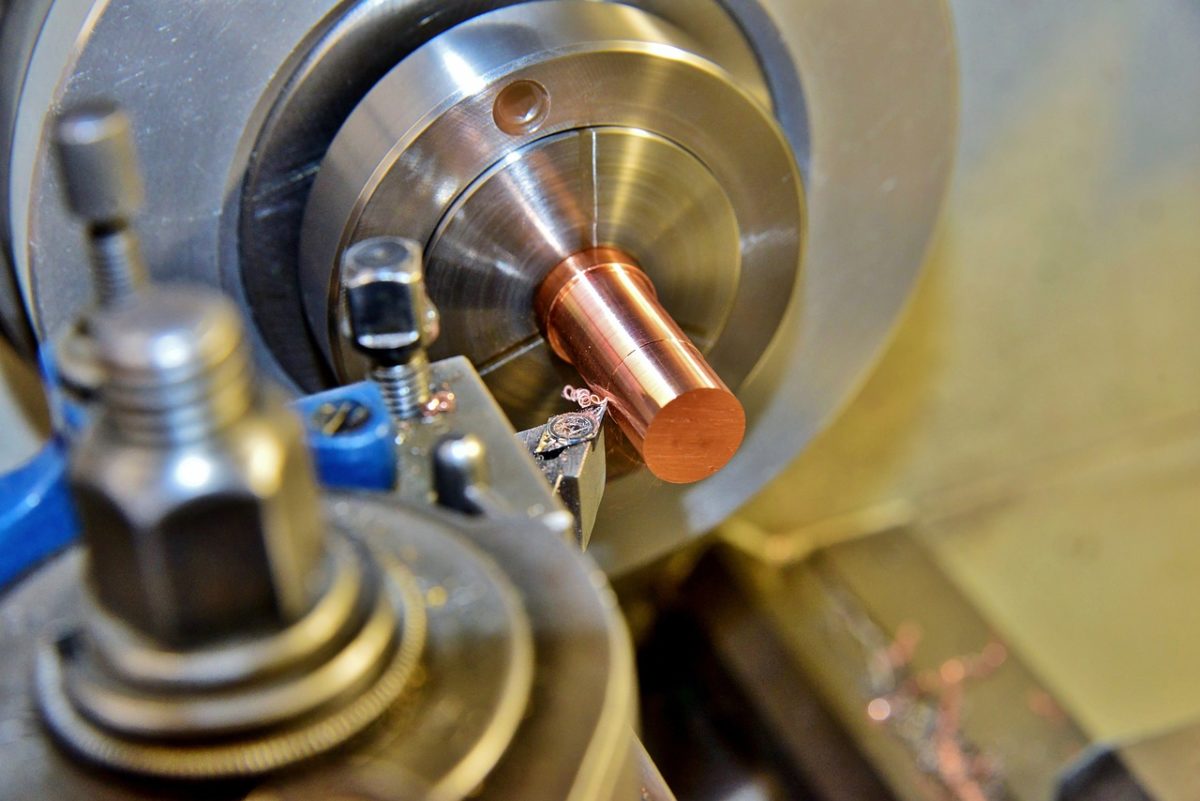

Machining is the most important part manufacturing process in the metalworking industry . Thanks to this procedure it is possible to create pieces that will be distributed to the rest of the industries (manufacturing, automotive, aerospace, etc.) for the elaboration of products . The machining area within a workshop, however, plays an essential role so that these jobs can be carried out successfully.
What is machining?
Machining is the type of work that is carried out in the metalworking industry and consists of the transformation of raw material into pieces and parts that are distributed to the rest of the industries. Today there are three different types of machining: with chip removal , without chip removal and by abrasion .
Machining with chip removal
Works carried out on machine tools such as lathes and milling machines belong to the first group . This equipment uses cutting tools (drill bits, milling cutters, chisels, etc.), which, when approaching the surface of the piece to be worked, remove the excess material from it to achieve the desired design and shape . The material that is removed comes off in the form of small sheets of different sizes and thicknesses which are called chips .
In turn, machining processes by chip removal can be classified into:
- Roughing : In this type of work, a lot of material is removed, but with little precision .
- Finishing : With this technique little material is removed, but with great precision . This type of machining is used as a final process to give a better surface finish to the part.
No chip removal
Machining without chip removal , unlike the previously described machining , does not use cutting tools that produce material waste. This type of work can be carried out by machines such as presses , which only carry out processes of shaping and deformation of metal plates. That is to say, the piece does not undergo cuts, simply a transformation . This group also includes highly advanced techniques such as laser and water jet cutting in which, although the piece is cut, no material waste is produced. The forge andwelding are also part of the machining without removal of chips.
abrasion machining
Lastly, abrasion machining is carried out on grinding machines . These machines are powered by a tool called a grinding wheel ; As its name indicates, the abrasive materials of the wheel wear the surface of the piece to be machined without producing any chip removal. This type of machining is complementary to other processes such as turning.
Optimization of the machining area of the workshop
Not only the machines and their cutting tools are essential for proper machining . In addition to using the specific processes to work a piece and using the necessary tools, the machining area within the workshop is also important. A workshop must have enough space to place the necessary machine tools for the job; Thus, for example, a press is a large machine that requires adequate space, since the parts to be machined in it (the metal plates) are large.
On the contrary, vertical milling machines and, in general, all machines that are governed by a vertical axis , do not require a large longitudinal space. In this type of machines, the movement that is carried out is ascending and descending ; In horizontal machines such as parallel lathes , the movement is always horizontal, along the bed.
But the machining area not only constitutes the space in which the machine tools will be placed, but also the way in which they will be arranged. To optimize the workshop , and depending on the type of machining that is done in it, it is advisable to put the machines in a circuit; that is, following an order that facilitates the work of the operators . This is particularly advisable for factories where limited models of large-scale parts are produced.
Following proper planning can also be of great help in the workshop. This contributes not only to a better organization , but also to greater efficiency on the part of the machines and the operators. That is why it is advisable to keep a control and a work schedule that allows the parts to be delivered to the client within the indicated period .
The machining area of the machine
Finally, the machining area also includes the part of the machine on which the part creation process is carried out. The machining area is made up of the table , the bed and the head . Each machine tool is different and operates according to the machining process carried out on it. Within the previously described machining processes, the one that is carried out by chip removal is the one that involves greater care of the machining area.
As we have already described, chip removal produces waste of different sizes and thicknesses that remain lodged in the machine bed . If not cleaned regularly, chip buildup can lead to equipment failure.
Following a machine maintenance plan is necessary to improve equipment performance and lifespan. Each machine tool has its own maintenance strategy ; this can be weekly (which includes the cleaning of the machining area); monthly, half-yearly or annually. The cleaning of the equipment and the elimination of chips can be carried out by the operator himself, using a specific brush .


